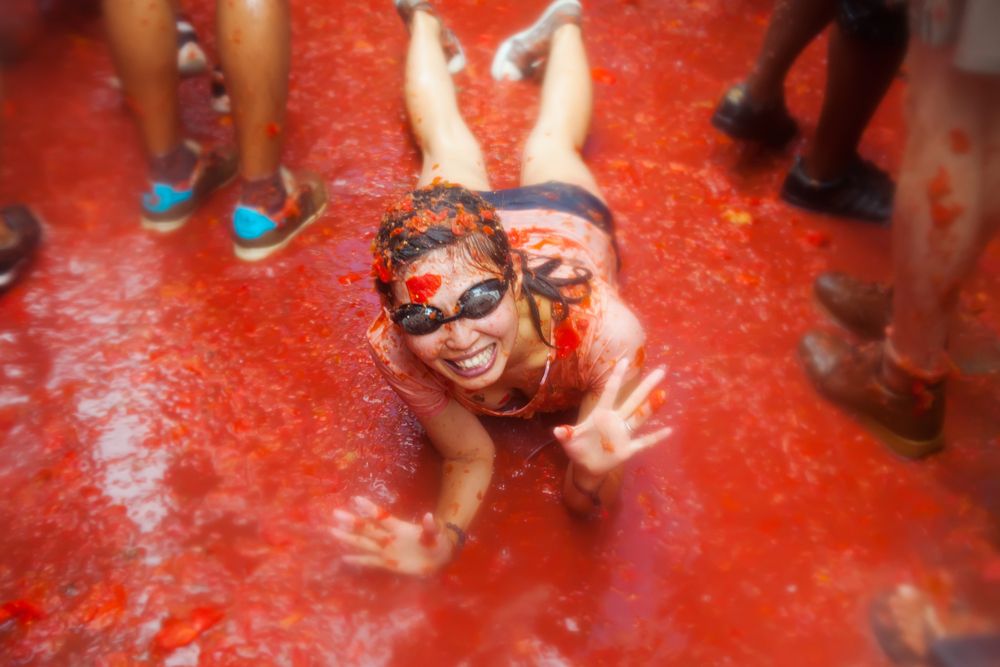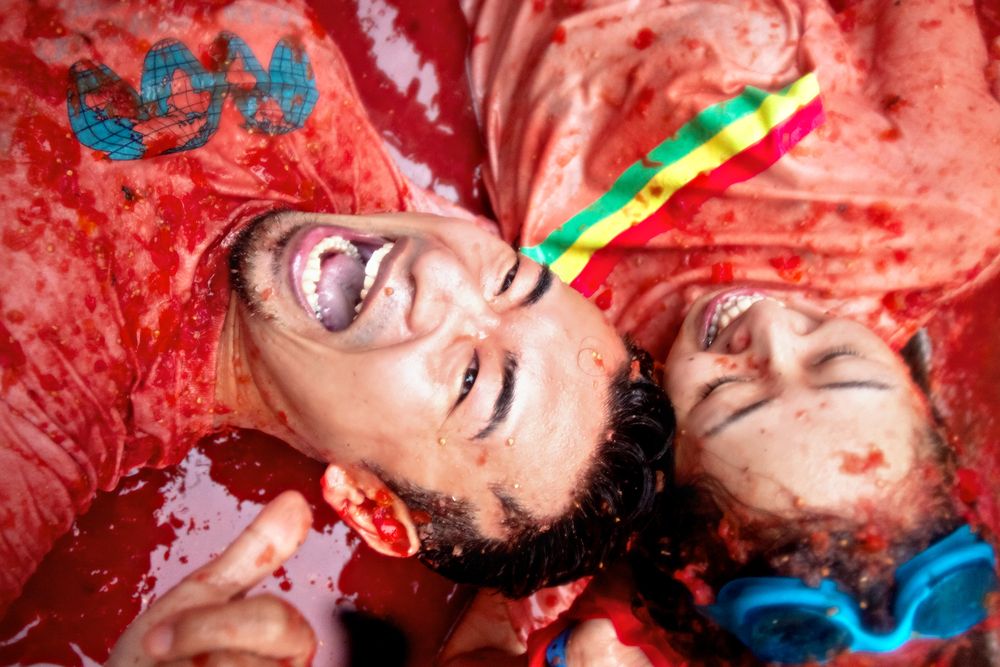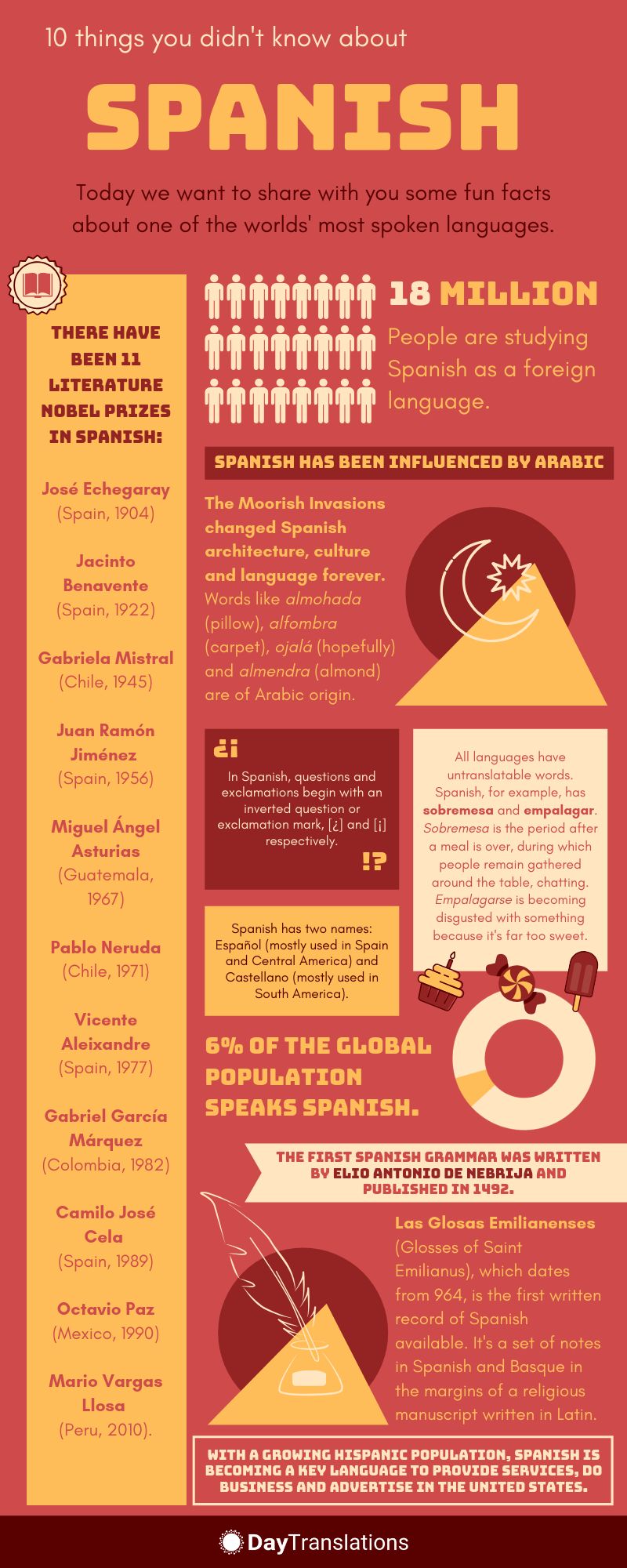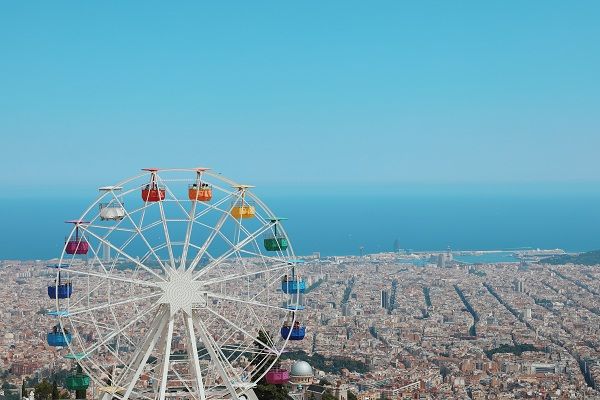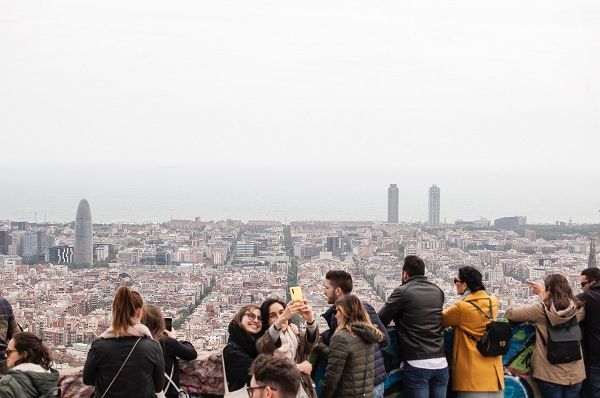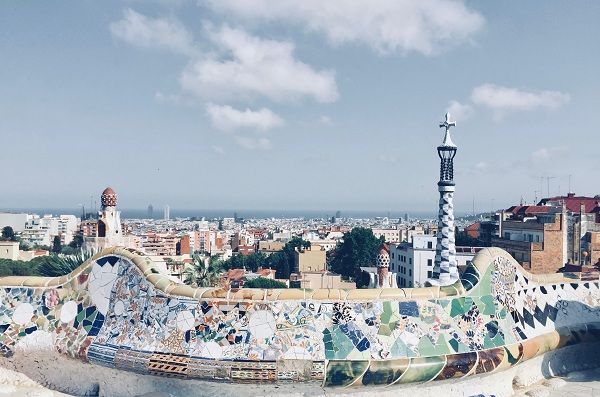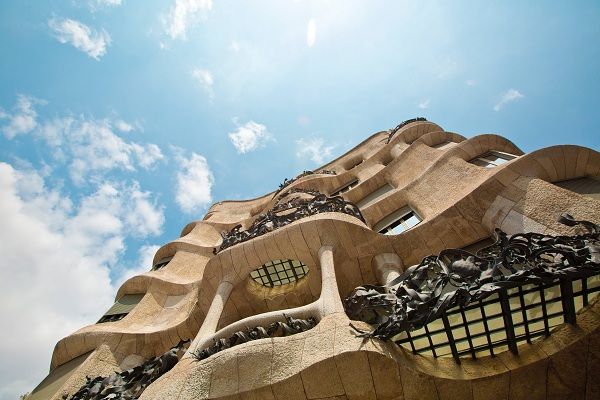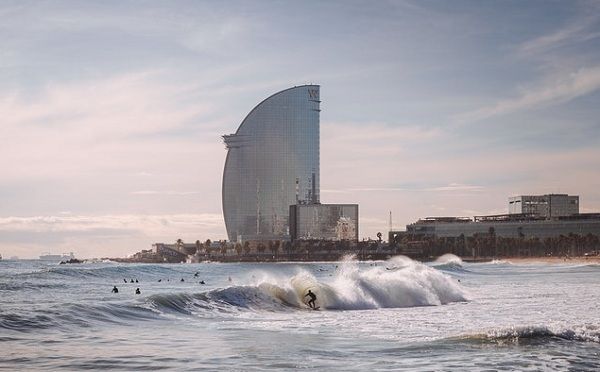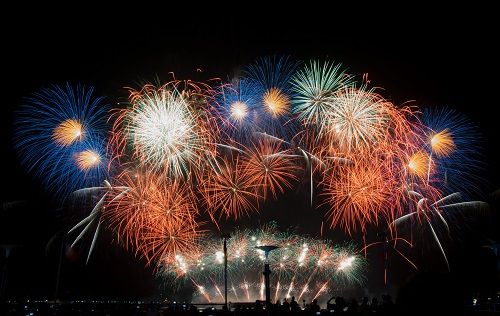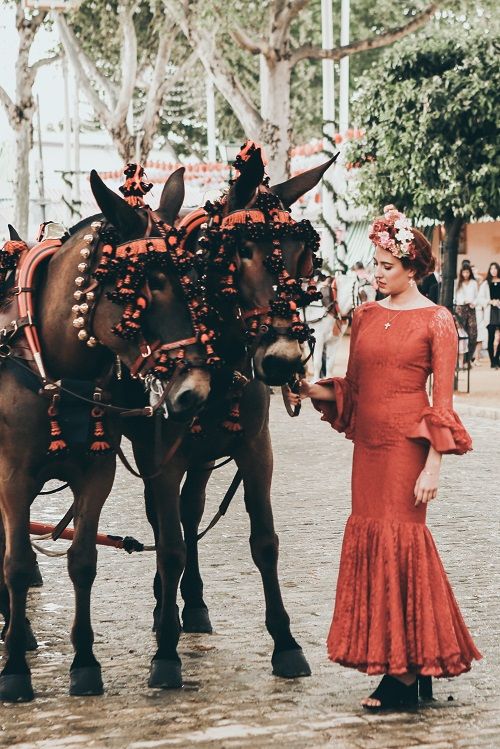enforex_pages_landing_block_a3d993ba-1a4d-445c-8133-2bc519a13df1
When our students use a dictionary — whether it’s a physical one or an application installed on their phone — to look up the Spanish verbs saber and conocer, they usually find the same translation for both words: in English, to know. As a result, in addition to realizing their search was pretty useless, they start to feel a bit stressed as they remember other classic Spanish grammar issues they’ve studied, like the differences between ser and estar or por vs. para.
Today we aim to ease your mind by explaining the differences between saber and conocer. If you want to read this post in Spanish, click here.
Since both verbs have very similar meanings, and in many languages a single verb is used to translate both of them, we recommend you keep the following cheat sheet in mind:
|
Saber |
Acquired knowledge or ability |
|
Conocer |
Experience |
When to use SABER
We use the verb saber to talk about knowledge we have acquired through instruction, training, study, or any other means.
- Sabemos cuál es la capital de Bolivia, sabemos las reglas de juego del baloncesto, sabemos los verbos irregulares o sabemos el significado de una palabra.
- (We know what the capital of Bolivia is, we know the rules of the game of basketball, we know irregular verbs, and we know the meaning of a word.)
We also use saber to talk about abilities.
- Sabemos hablar español, sabemos nadar, sabemos dibujar o sabemos preparar una paella.
- (We know how to speak Spanish, we know how to swim, we know how to draw, and we know how to make a paella.)
When to use CONOCER
We use the verb conocer to talk about knowledge we have gained through experience (or perception).
- Conocemos a los padres de mi novia, conocemos el norte de España o conocemos el mejor sitio para comer paella en la ciudad.
- (We know my girlfriend’s parents, we have been to* the north of Spain, or we know the best place to eat paella in the city.)
*Note that conocer + a place means that you have been there
SABER vs. CONOCER
Take a look at these pairs of sentences:
- Sé el calor que hace en Málaga en verano.
- (I know how hot it gets in Malaga in summer.)
- Conozco el calor que hace en Málaga en verano.
- (I know how hot it gets in Malaga in summer.)
In the first case (a), we are referring to knowledge that we have acquired through studying or reading about the weather in Malaga.
In the second case (b), we are talking about a lived experience we have had. We have personally enjoyed/suffered the summer heat in Malaga.
- Sé quién es el jefe de estudios.
- (I know who the director of studies is.)
- Conozco al jefe de estudios.
- (I know the director of studies.)
In the latter case (b) we know the director of studies personally (we have talked to him, said hi to him, or asked him a question at some point or another).
In the former case (a) we know his identity (who he is, what his name is, where his office is) but haven’t actually had the pleasure of meeting him in person.
Now that you know the difference between saber and conocer, we invite you to put what you’ve learned into practice on the ground. Visit one of our 32 destinations in Spain and Latin America!
Thanks to Ramón from our school in Malaga for writing this post.



